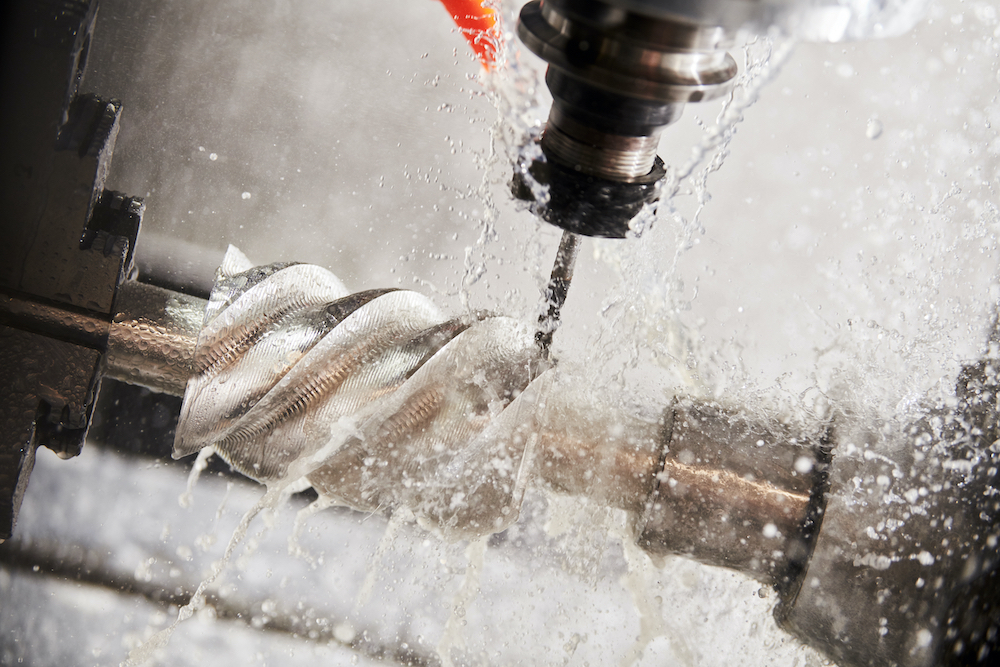Machining for the aerospace industry can pose several challenges, including costs. While coolant only makes up less than half a percent of the cost of operations, it affects every single aspect of the shop floor. The right coolant protects tooling, machinery, and employees, as well as the costly raw materials like forgings and castings. If these parts need to be scrapped, the metalworking shop will not make money on the finished product.
Cost is clearly a big concern for metalworking shops, and the coolant used can help lower those costs. However, it’s not the only factor. Choosing the right coolant can also affect other aspects of metalworking operations:
- Tolerance. In aerospace, the tolerances can be very difficult to meet. Variables in the process must be controlled, and sometimes expensive processes are necessary to meet these strict specifications.
- Approvals and certifications. There are a lot of parts that require approvals or certifications from the customer themselves, which can be expensive to get. That extends to the coolant; for example, Boeing and Airbus both require coolant that meets their approval if you’re making parts for them.
- Flying hardware requirements. If any of the parts being manufactured are certified by the Federal Aviation Administration as flying hardware, the part design is considered “locked” and can’t be changed in the way that it’s made. Getting recertified is required to change the manufacturing process, and if the requirements for flying hardware aren’t met, metalworking shops could be forced to close and/or leadership could be criminally charged.
Staying on top of manufacturers’ requirements
As mentioned above, different aerospace manufacturers like Boeing have different requirements for the coolants that their parts suppliers can use. When choosing a coolant, it’s critical for metalworking shops to know what each aerospace manufacturer is requiring.
The three main factors in choosing any coolant for aerospace are the restrictions of the customer, the operations being performed (e.g., turning, milling), and the alloys being used. These should all be taken into consideration when choosing the right coolant for aerospace applications.
One almost universal rule of thumb is that non-chlorinated products are not allowed to be used for most aerospace applications. However, there may be exceptions, which is why manufacturers need to check with the aerospace customer. Ultimately, there is no one ingredient that is off-limits.
Special products for specific applications
That said, sometimes it’s necessary to use a different coolant for a specific application. For example, the Airbus corrosion test needed for official approval is very difficult to pass. In a case like that, we recommend using TRIM MicroSol 585XT.
While this is a rare case, it does happen. Metalworking shops need to look at the overall cost for fluid consumption versus the price per gallon, as it may seem more expensive but is actually going to save money to go that route.
Maintenance of coolant for aerospace
As with any quality coolant program, metalworking shops that serve the aerospace industry need to conduct daily checks and regular testing of their fluids. When Master Fluid Solutions visits a customer site, we check for the proper concentration and contamination, and we help our customers learn how to do it for themselves.
For aerospace applications, different manufacturers have specifications for the coolant their parts suppliers can use. A best practice is to check with the aerospace customer before choosing coolant, and then look for one that provides the necessary lubricity that can help preserve tool life and protect the parts being machined.
For more information on the right coolant for your aerospace applications or for assistance with coolant maintenance, call +1 800-537-3365 or email us at info@masterfluids.com.

